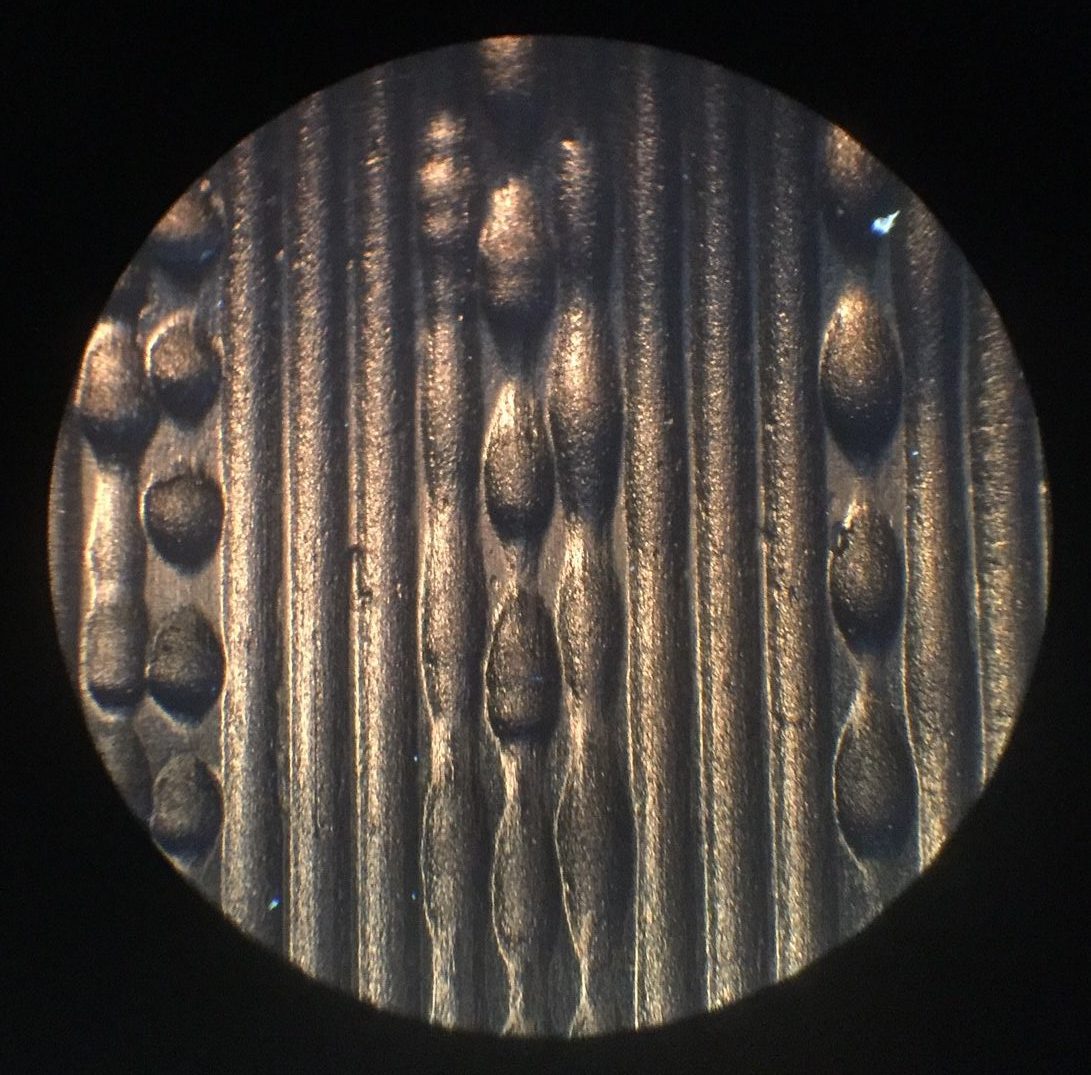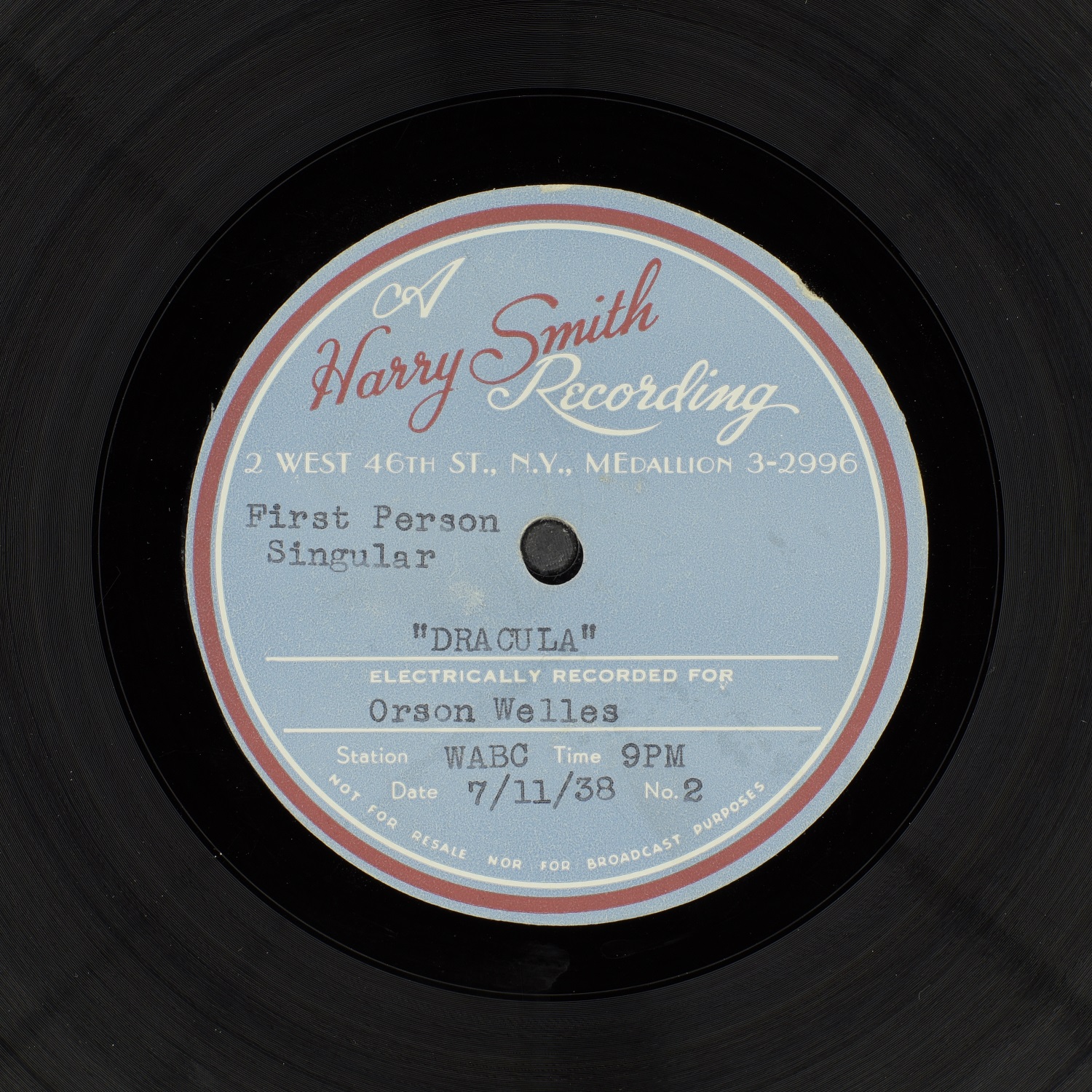by Dan Figurelli and Melissa Widzinski, Audio Preservation Engineers, Media Digitization and Preservation Initiative, Indiana University
In 1892 or 1893, Army surgeon and amateur anthropologist Washington Matthews recorded his first cylinders while working with the Navajo people in New Mexico. Matthews was already well-established as a researcher of native American traditions when he was deliberately assigned to Fort Wingate so that he could study Navajo culture. His recordings are likely the earliest of the nearly 7,000 cylinders held at the IU Archives of Traditional Music. Indeed, they are only a few years younger than the oldest field recordings known to exist anywhere—the Passamaquoddy cylinders recorded by Jesse Walter Fewkes in March 1890. By all accounts, Matthews’ work was considered meticulous, systematic, and a model for a long line of Navajo researchers who followed.
It is somewhat daunting to be tasked with developing a workflow to digitize recordings of this age and significance. Although all points in a cylinder digitization workflow are important, perhaps the most critical issue is selecting the playback machine.
MDPI recently acquired the Endpoint Audio Labs cylinder playback machine, designed and built by Nicholas Bergh (https://www.endpointaudio.com/), who is a specialist in the history of recording technology. Bergh founded Endpoint with the goal of improving the quality of digital restorations from the analog side. Endpoint is known for both unique transfer technologies and using historical research to inform transfer decisions. Recently, Bergh played a significant role in the making of PBS’ American Epic Sessions, for which he restored an original weight-driven Scully lathe and Western Electric recording system. This is the only working 1920’s electrical recording system in the world. (http://www.americanepic.com/)


The Endpoint Audio Labs cylinder machine represents a significant advancement in cylinder playback technology with many features that enable a more accurate representation of the recorded content than was previously possible. For example, a laser mounted below the tonearm takes measurements to the surface of the cylinder at different points around the circumference. It provides a readout that enables us to center the cylinder playback mandrel precisely according to the shape of each cylinder. This is necessary because cylinders can become misshapen over time resulting in wow and flutter—a ‘wavering’ sound from speed fluctuations—during playback.

The problems caused by misshapen cylinders are sometimes greater than we are able to compensate for with the laser. The Endpoint machine also outputs a 440 Hz reference tone that is modulated by the cylinder surface distance readings taken by the laser during playback. This reference tone can be used in software such as Capstan to remove any further wow and flutter.
The Endpoint machine also has a microscope for inspecting the individual grooves of a cylinder. This is helpful when we’re developing strategies for playing cylinders with tracking issues, locked grooves, and cracks. Plus, cylinders look really cool close up!

Field-recorded cylinders can come with a whole host of tracking problems. The grooves are shallow, which makes it easy for a stylus to “skate” along the top of the cylinder with any surface bump, chip, warp, or oddly-cut groove it encounters. Cracks in the cylinder itself also can send a stylus out of the groove. Playing back a cylinder at half speed may resolve many of these issues, and the Endpoint cylinder machine has a handy half speed button that allows us to find the correct speed for the cylinder and then halve it directly, rather than scrolling through the speed range to find half speed manually. It also has the ability to raise or lower the pitch by one semitone at the touch of a button. This is useful when we’re trying to determine the best playback speed.

The Endpoint machine also gives us the ability to capture more content than with previous transfers. A perfectly cut cylinder in good shape will usually play from beginning to end without a problem, but many cylinders are out of round or have grooves that are locked or oriented in the reverse direction, or that fall right off the edge of the cylinder! Bergh’s machine allows us to take the mandrel off and set it in the reverse direction so that we can approach a locked groove from both sides, capture backwards content, and access grooves cut into the outermost edges. This ensures that we can digitize every groove of a cylinder, capturing its content completely.

Finally, in our tests and measurements of machine noise, rumble, and wow and flutter, the Endpoint machine performed better than the other stylus-based devices we examined. It also appeared to provide more overall clarity.
Washington Matthews’ work with the Navajo in the late nineteenth century has been cited as “meeting the highest standards of accuracy and completeness.”[1] We believe that Nick Bergh’s new cylinder playback machine provides us with an excellent tool to capture the recorded output of Matthews and other fieldworkers accurately and completely for long-term preservation.

[1] Washington Matthews’ Folklore Studies, Katherine Spencer Halpern, in Washington Matthews: Studies of Navajo Culture, 1880-1984, page 98.















